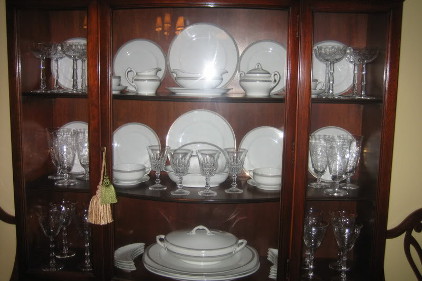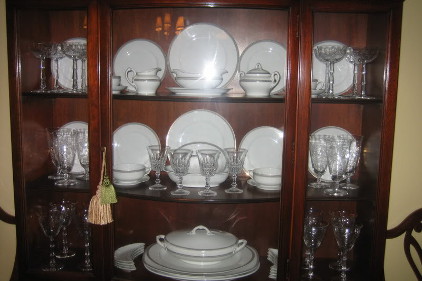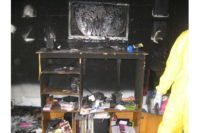 I charge by the item and according to value. For average everyday items, I charge by the hour using several different labor rates from Xactimate.
I charge by the item and according to value. For average everyday items, I charge by the hour using several different labor rates from Xactimate.
The first thing I determine is whether item in question has a rider on the policy. This makes a difference as it usually means the item has very high value and will probably require more expertise to handle. So my charge goes up accordingly.
If an item has a rider on it, I generally charge 10% of its appraised value. That being said, I have on occasion charged as high as 15-25% of appraised value taking into account difficulty in transportation, handling, cleaning, etc.
It’s important to take into consideration when charging for such items that you have a much higher liability. Most of the time, the adjuster on the job understands the difference in pricing on such items. However do not assume that they will and have a conversation up front with them explaining your position on the price and why.
I would never just send in a bill for $2,000-$3,000 for cleaning and handling a $20,000 table without having a conversation with the adjuster to get approval before I started the work. They generally expect to pay more for things that have a rider, but good communication first will make sure that everyone is on the same page.
Even though a specialty item is not covered by a rider, I still charge by the item and higher than what Xactimate may show.
As an example, when dealing with china or crystal, I charge a minimum of $250 per set. There is a lot of risk involved when handling either of these. And in most cases when it comes to Grandma’s china, if you break a piece you cannot just go out and buy another one. I have never had a problem when billing this way but I always have an up-front conversation with the adjuster about such items right from the start so once again the price is always pre-approved.
As a side note, always be sure to get your releases signed as well before you ever touch these kinds of items. Do a very thorough inspection of each piece with your homeowner and take lots of photos for the file. Discuss any prior damages to make sure they are aware of them and talk about any concern that they may have about the item.





Report Abusive Comment